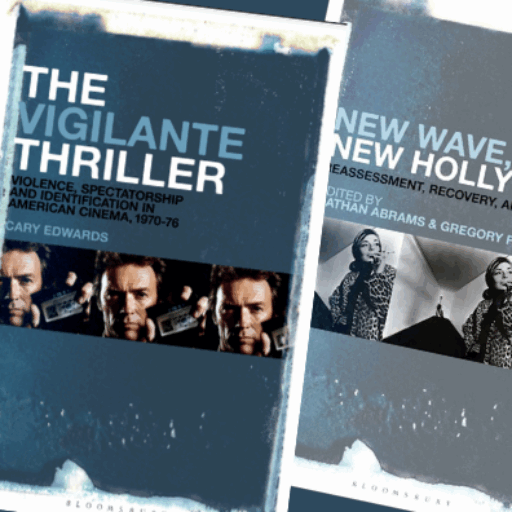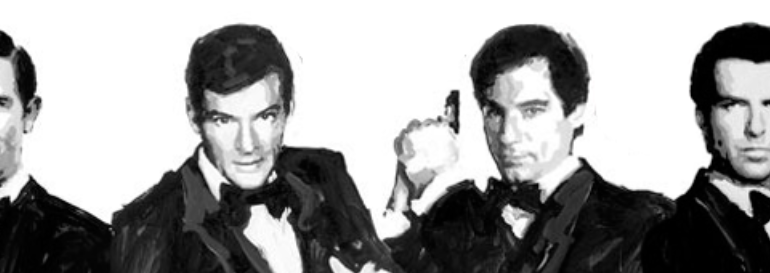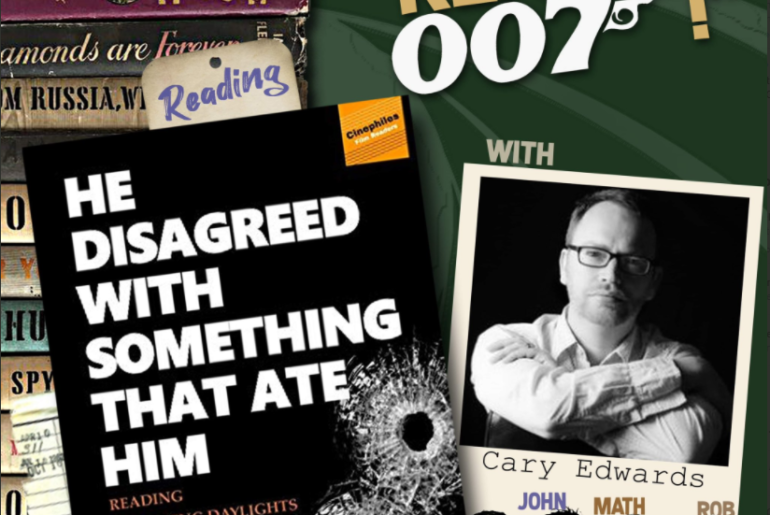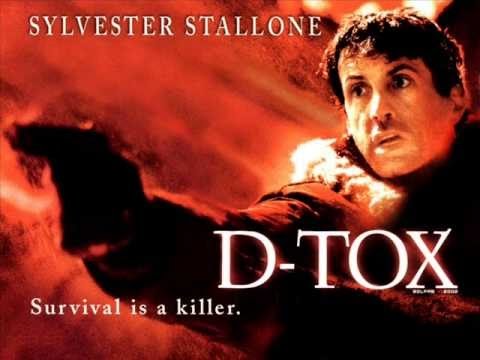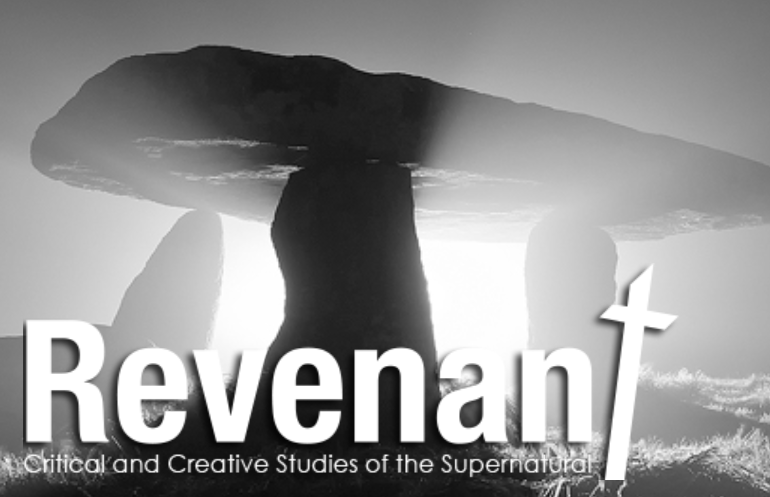As part of On Her Majesty’s Secret Podcast’s excellent series on James Bond video games I was interviewed about 007 Legends (in which I appear)! Jarrod Alberich, aka The Yard Sale Artist, takes you through an audio documentary deep dive dive into the world of James Bond in video games – find the episode here. For more of this series, and their other terrific podcasts about the world of James Bond, look here.
Recently I had the pleasure of discussing Timothy Dalton’s James Bond films with Crawford-Clarke Close Up on Youtube! It was a great chat, and his other videos are well worth a look too (find them here).
A few years ago I had the pleasure of speaking at the American New Wave: A Retrospective conference at Bangor University organised by Greg Frame and Nathan Abrams. After the conference finished a call went up for contributions developed from the papers and lo and behold the time is coming when this work will be released. Due to be published on 21st October 2021 by Bloomsbury Academic, New Wave, New Hollywood: Reassessment, Recovery and Legacy collects a series of essays that hope to re-evaluate some of the key ideas and theories that dominate our views on the period and includes my thoughts in Chapter 3 ‘Formal Radicalism vs. Radical Representation: Reassessing The French Connection (William Friedkin, 1971) and Dirty Harry (Don Siegel, 1971)’. It’s a bit intimidating to be in such esteemed company, and not to mention rather exciting, but I’m sure I’ll keep my feet on the ground – as Harry Callahan reminds us, ‘A man’s got to know his limitations’.
I’ve had the pleasure to be interviewed by the terrific chaps at the “Really OO7” podcast about my book, He Disagreed with Something that Ate Him, and whatever other Bond stuff took our fancy – it was so much fun we ended up with two episodes! Check it, and there other excellent podcasts, here.
My friends at Plastic Brain Press have published a new edition of their zine, Lincolnshire Strange Delights, available to pre-order here. I’ve managed to smuggle a piece in about the Boston born poet Elizabeth Jennings, who was an amazing writer who needs more celebrating, and there’s lots more stuff in there – here’s what they say, ‘Behold, Lincolnshire Strange Delights, a zine exploring and celebrating the eccentric, the esoteric and unbelievable in the peculiar county of Lincolnshire! From the Wolds to The Stump, from the ghastly to the ghostly, LSD is here for your yellow-bellied entertainment!’ Check it out.
Back in October I had the privilege to be part of a Fan Commentary for Ian Fleming’s Casino Royale! Lots of terrific people were involved discussing their thoughts on individual chapters (I got Chapters 1 and 10) – it’s available here https://anchor.fm/the-fan-commentary
It was my delight to be able to chat with Spy Movie Navigator about Timothy Dalton’s Bond, and He Disagreed with Something that Ate Him. Head on here https://spymovienavigator.com/podcast/dalton-as-bond-with-film-prof-author-dr-cary-edwards/ to have a listen!
Beware – there be spoilers here!
D-Tox, also known as Eye See You or The Outpost, is one of those movies that’s nearly there. Watching it one can’t help but feel for the wasted potential – a great cast, a fun if hokey premise, a solid director (of I Know What You Did Last Summer fame) – that it never quite makes it is perhaps reflective of a disordered production, rather than the talents involved. Certainly the film feels like the swingeing cuts of a studio editor have been applied throughout, alongside re-shoots and soundtrack tinkering (the studio delayed release from 1999 for such things after early tests played poorly). Given a limited release it passed mostly unnoticed onto VHS/DVD, and now finds a new home on Netflix perhaps to finally find an audience. Sylvester Stallone plays FBI agent Jake Malloy, opening the film in pursuit of a cop-killer, who turns to alcohol in the wake of a personal trauma. After a suicide attempt he’s taken by his partner (Charles S. Dutton) to an isolated rehab center for cops, just as the snow storms start creeping in, and bodies start piling up.
Perhaps the film’s biggest crime was to come during Stallone’s wilderness years. From James Mangold’s excellent Copland in 1997 to enjoyably nostalgic slugfest Rocky Balboa in 2006 Stallone couldn’t buy a hit (excluding a voice-role in Antz) with mediocre fillers like Driven and the Get Carter remake failing to capitalize on the excellent performance he gave in Mangold’s stripped down cop thriller. Copland felt like a new start for Stallone, or perhaps a return to earlier days when he was compared to Brando (really). But it proved a dead-end, with Stallone unable to cast-off the action hero mantle, or forge into new areas. D-Tox suffers from this – at first Stallone is game at pushing into new territories, as a traumatized alcoholic cop (wife fridged earlier by the cop targeting serial killer), and when he arrives as Kris Kristofferson’s isolated rehab centre, he plays the suicidal Malloy well. But by the end (spoilers!) we’re back to good-old muscle man Sly, finding closure by impaling the killer on a set of spikes in an OTT display of his superior macho-ness.
In between we get to meet an excellent, although mostly wasted, supporting cast. Alongside the aforementioned Kristofferson and Dutton, are Polly Walker, Jeffrey Wright, Tom Beringer, Robert Patrick and Sean Patrick Flanery. Apparently Stephen Lang is also in it, but he was so covered by thick specs and a beanie, plus the low-light levels, that I didn’t notice. This cast should be the film’s strength, but we barely get to know any of them before they start getting bumped off. Poor Flanery barely has a line before he’s found, the victim of ‘suicide’. Of course the killer of Stallone’s wife has followed him to rehab, but it’s difficult to care for most of the victims as we’ve barely met them.
Stuck somewhere between Se7en, The Thing, with a dusting of The Shining, and something more in the vein of a traditional Stallone cop thriller, D-Tox never really takes off. It’s a film of wasted potential, not terrible per se, just not as good as it could have been. The direction and performances are fine, there’s some enjoyably gruesome stuff early on, and the premise is fun (if a little illogical at times). That the film never quite coheres may reflect it’s problematic production, and a studio’s lack of faith in Stallone – the curse of the star image is the box it puts them in. Audiences demand something new from their stars, as long as it doesn’t upset the apple cart too much. Stallone, on his uppers by the late 1990s was clearly trying, but audiences weren’t buying. By 2006 Stallone had worked out that nostalgia was in, so he got back in the gym and gave audiences what they wanted, and by 2015 had an Oscar nom for Creed. With the announcement of Demolition Man 2 he’s dipping back into the well again, despite being 73. Much as I love the potential to discover the secret of the three sea shells, I’m a little saddened that he’s reliving past glories again. There’s a very good actor in Sly, when he lets him out.
How do you follow up The Wicker Man (1973)? It’s a problem that runs through the length of writer/director Robin Hardy’s belated follow-up – a film that only exists because of it’s beloved predecessor, and which is also haunted by it in such a way that the latter film fails to find a personality of it’s own. It is not a bad film per se, rather one that struggles to find it’s own identity, standing in the shadow of a horror great as it does.
The set-up is quite neat, a born-again Christian couple leave the revivalist meetings of Texas to bring the gospel to the lapsed in Scotland only to discover that some are a little more lapsed than others. The central couple of Beth and Steve, played by Brittania Niccol and Henry Garret, are likeable enough in an “awe-shucks” sort of away – just naive and sweet enough for us to buy into their proselyting journey and silver-ring chastity, and Graham McTavish gives a good performance as Sir Lachlan Morrison (who may, or may not, be a descendant of Lord Summerisle), but the film lacks the overt weirdness of the original film – both in the flow of events and the film making style. Hardy directs in a rather restrained manner, a much smoother and more conservative style than in 1973 and the film suffers for it. For the most part The Wicker Man is not so much scary, as odd – creeping into your mind with its mish-mash of pagan beliefs and ideas, until it’s horrifying end. The follow-up however is rather banal, tossing in the odd reference to ancient water goddess Sulis (from Bath) and naming a power station after Irish deity Nuada (like the first film, there’s little discipline in which traditions are drawn from), but other than a local psychic and his pet raven the film is rather tame, until the final third at least. But even this is undermined by the inevitability of the finale which, modeled on the first film, surprises only in method if not in result. A burning wicker sculpture is even thrown in for no reason I could discern, other than as a reminder of the first film.
It’s greatest issue overall is a lack of narrative drive, given in the first film by Sargeant Howie’s desperate search for Rowan Morrison (another relation?), meaning it all rather meanders towards the denouement, and of course it lacks the shear shock of the original’s ending. There’s also a tonal insecurity, with the film shifting into comedy at times, particularly around Clive Russel’s butler, and some undeveloped ideas and characters that could perhaps have gone somewhere, such as the pollution subplot, or Honeysuckle Week’s rather underused character of Lolly. Christopher Lee appears, briefly, as a further tie to the first film but I can’t help thinking that it really lacks the influence of Anthony Shaffer who co-wrote the original and was a dab-hand at mystery. All in all, not an unpleasant 90 odd minutes, but one that will, unlike the original, pass fairly quickly from memory.
My paper, IDENTITY AND FOLK HORROR IN JULIAN RICHARDS’ DARKLANDS, has been published on Revenant the Journal of Critical and Creative Studies of the Supernatural – check it out here http://www.revenantjournal.com/contents/identity-and-folk-horror-in-julian-richards-darklands/
